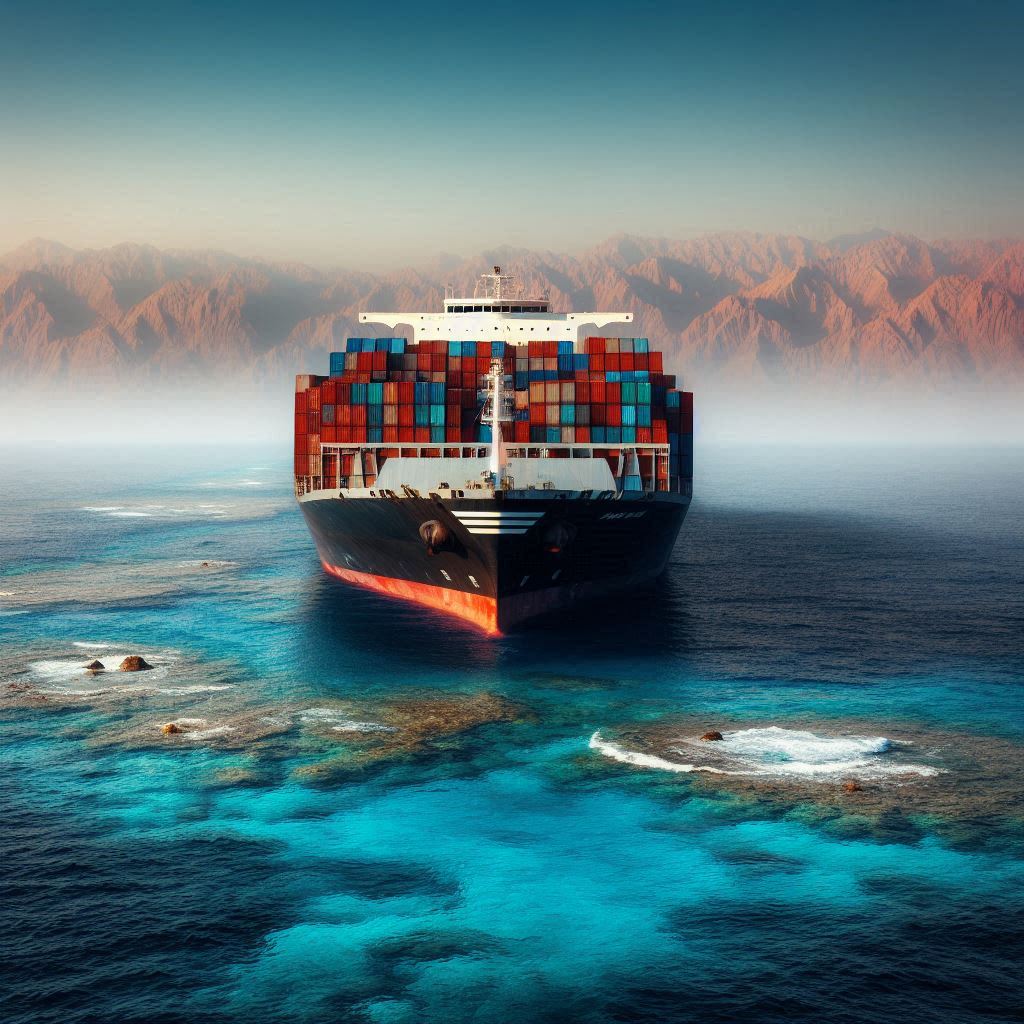Ocean Carriers Expected to Stay Away from Red Sea thru 2025
Shippers want to know when things will return to normal with the Red Sea, Gulf of Aden, and Suez Canal. The situation there massively affects global supply chains for the worse, and shippers have paid a hefty price.
Reporting on Houthi attacks in the Red Sea and Gulf of Aden seems to have declined. Does that mean there are fewer attacks or has the story just gotten old or overshadowed by other newsworthy storylines like the U.S. presidential election and the ILA strike?
All those factors, and probably more, likely play into hearing less lately about the Iran-backed Houthi attacks in the Red Sea and Gulf of Aden. The relatively good news is there actually have been fewer attacks this month and last than there had been in previous months. That news is only relatively good because attacks are still happening. And they’re not expected to stop soon. The slowing of attacks could even be due to the major decline in the number of ships moving through the dangerous waters.

With no end in sight to the Houthi attacks on ships, shippers should expect the Suez Canal to remain basically unusable for international shipping and the current, more costly trade patterns, with divergent routes down and around Africa, to remain in place.
Noam Raydan writes in the Washington Institute for Near East Policy:
The trade patterns that have emerged since early 2024 due to the Houthi attacks are expected to remain until 2025 and even beyond. The precise trends will depend on the trajectories of the wars in Gaza and Lebanon, since the Houthis have linked their maritime campaign to both. While attacks in the southern Red Sea and the Gulf of Aden dropped in September and October compared to previous months, the region remains a very high-risk area for shipping. The Houthis even have the ability to expand their activities, particularly drone attacks, to the Arabian Sea and Indian Ocean.
Trend in Houthi Attacks
Using ArcGIS StoryMaps, Washington Institute for Near East Policy data of attacks on ships in the Gulf of Aden and Red Sea are mapped out.
As far as merchant ships go, the data shows four have been attacked so far in October, and one was attacked in September. That makes it sound like after a near lull in attacks, they’re growing again. And that may be the case. But for comparison’s sake, the institute’s mapped data on attacks show July and August both having 7 attacks on merchant ships in the Gulf of Aden and Red Sea area.
It should be noted that the most recent October attack and one of the July attacks happened a little farther out from Yemen, over in the Arabian Sea rather than right in the Red Sea or Gulf of Aden. The Houthi rebels have been widening their range of attacks and threats of attack.
If you go back another month to June, the number of attacks on merchant ships peak at 16. So the trend in the number of attacks does appear to be on a downward trajectory. But frankly – and sadly – the fewer attacks on merchant ships these last two months is no indication that we’re coming to the end of the attacks.
With that, carriers will continue to route ships down and around Africa, requiring more ships and shipping containers on the seas to transport the same number of goods through global supply chains. That means continued upward pressure on freight rates in general, not just for goods that would normally traverse the Suez Canal. That also means increased vulnerability for supply chains from other disruptions at major shipping hubs.
The U.S. election could impact the situation. If President Trump is elected to office, he may have more success in calming the waters around the Middle East than the Biden/Harris Administration has had. The success he had with Abraham Accords would have likely won any other U.S. president the Nobel Peace Prize. However, there’s no guarantee he would be able to quickly quell the aggression on the trade lane. In order to do it, resolution would likely need to be reached on the wars in Gaza and Lebanon that ensued after Hamas horrifically attack Israel on October 7th of last year. And addressing Iran backing the attacks will likely be needed too.
For now, shippers just have to live with trade routes not including the Suez Canal. Experts expect things to stay that way through 2025.





